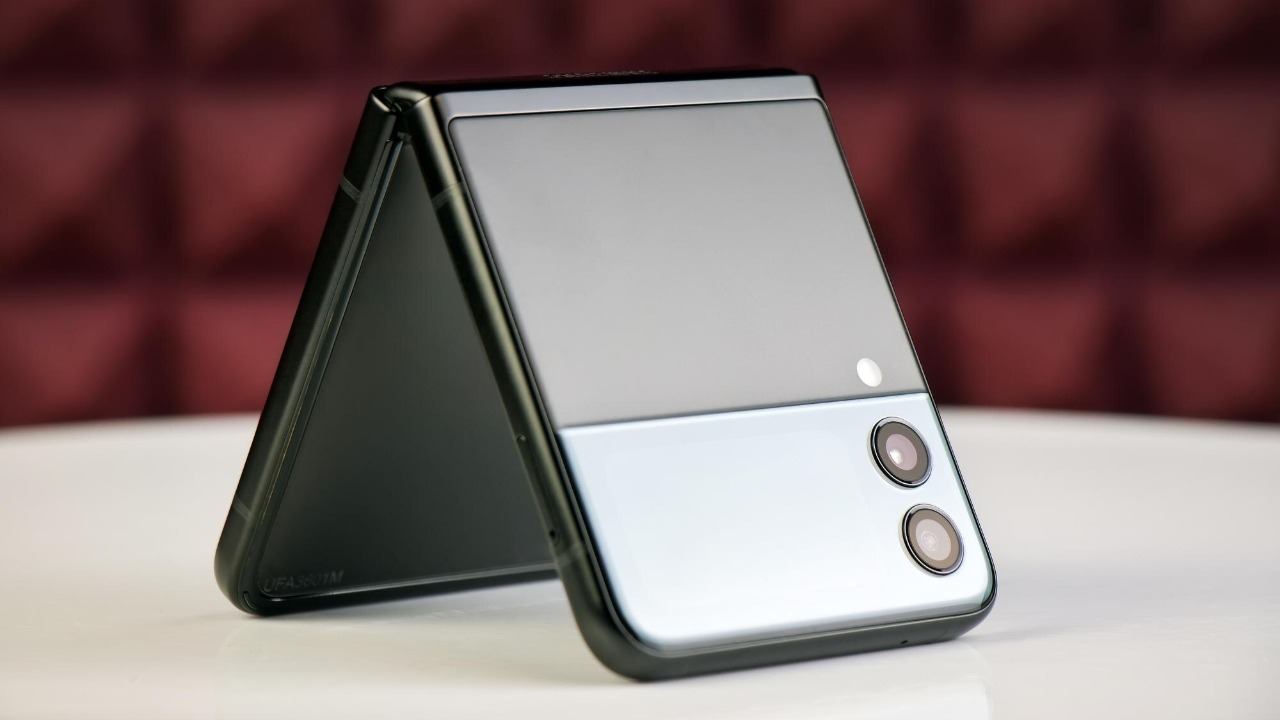
Apple’s much-anticipated foldable iPhone, potentially dubbed the iPhone Fold, is reportedly facing significant delays. According to multiple sources, the launch might not occur until 2027 due to technical challenges, particularly with its complex hinge system. This delay could also impact Apple’s standard iPhone lineup, potentially pushing the release of the iPhone 18 to spring 2027 to accommodate the foldable model. These developments reflect ongoing technical hurdles and strategic adjustments by Apple as it navigates the competitive landscape of foldable smartphones.
Reported Timeline for Foldable iPhone Launch
The anticipated release of Apple’s foldable iPhone has been a topic of much speculation, with recent reports suggesting a delay until 2027. This shift from earlier expectations highlights the complexities involved in developing a foldable device that meets Apple’s high standards. According to iPhone in Canada, the delay underscores the challenges Apple faces in perfecting the technology required for a foldable iPhone.
Further corroborating this timeline, TweakTown reports that the first foldable iPhone could indeed be delayed until 2027. This delay is attributed to the intricate engineering required for the device’s hinge system, which is crucial for the durability and functionality of a foldable phone. The stakes are high for Apple, as entering the foldable market successfully could set a new standard for innovation in the smartphone industry.
According to India Today, the delay of the iPhone Fold until 2027 is a strategic decision by Apple to ensure that the product meets consumer expectations and maintains the brand’s reputation for quality. This cautious approach reflects Apple’s commitment to delivering a product that not only competes with existing foldable phones but also sets a new benchmark in the market.
Technical Challenges Behind the Delay
The primary technical challenge delaying the foldable iPhone’s release is its complex hinge system. As reported by TweakTown, the hinge mechanism is a critical component that must be perfected to ensure the device’s durability and usability. This complexity is not unique to Apple, as other manufacturers have also faced similar challenges in developing foldable smartphones.
According to India Today, the development hurdles, including the hinge mechanism, are significant reasons why Apple’s iPhone Fold may not launch until 2027. The intricate engineering required for a reliable and robust hinge system is a testament to the technological advancements needed to bring a foldable iPhone to market. This delay highlights the broader challenges faced by the industry in creating foldable devices that are both innovative and practical for everyday use.
Impact on the Standard iPhone Lineup
The delay of the foldable iPhone is expected to have a ripple effect on Apple’s standard iPhone lineup. According to The Shortcut, Apple might delay the iPhone 18 to spring 2027 to make room for the foldable iPhone in its release schedule. This strategic shift indicates Apple’s prioritization of the foldable model’s introduction, which could alter the traditional annual iPhone release cadence.
As reported by BGR, this adjustment in the release timeline reflects Apple’s broader strategy to integrate the foldable iPhone into its product lineup without disrupting the existing models. By potentially delaying the iPhone 18, Apple aims to ensure that the foldable iPhone receives the attention and market space it needs to succeed. This move could also signal a shift in how Apple approaches its product launches, emphasizing innovation and market differentiation.
Broader Context of Apple’s Foldable Ambitions
The potential delay of Apple’s foldable iPhone until 2027 highlights the company’s cautious approach to entering the foldable smartphone market. According to BGR, this timeline reflects ongoing refinements in the project as Apple seeks to perfect the technology before its official release. This careful strategy is consistent with Apple’s history of entering new markets only when it can offer a product that stands out in terms of quality and innovation.
As reported by iPhone in Canada, the 2027 timeline underscores Apple’s commitment to ensuring that its foldable iPhone meets the high expectations of its customer base. By taking the time to address technical challenges and refine the product, Apple aims to deliver a foldable smartphone that not only competes with existing models but also sets a new standard for the industry. This approach reflects the broader trends in the tech industry, where innovation and quality are paramount to success.